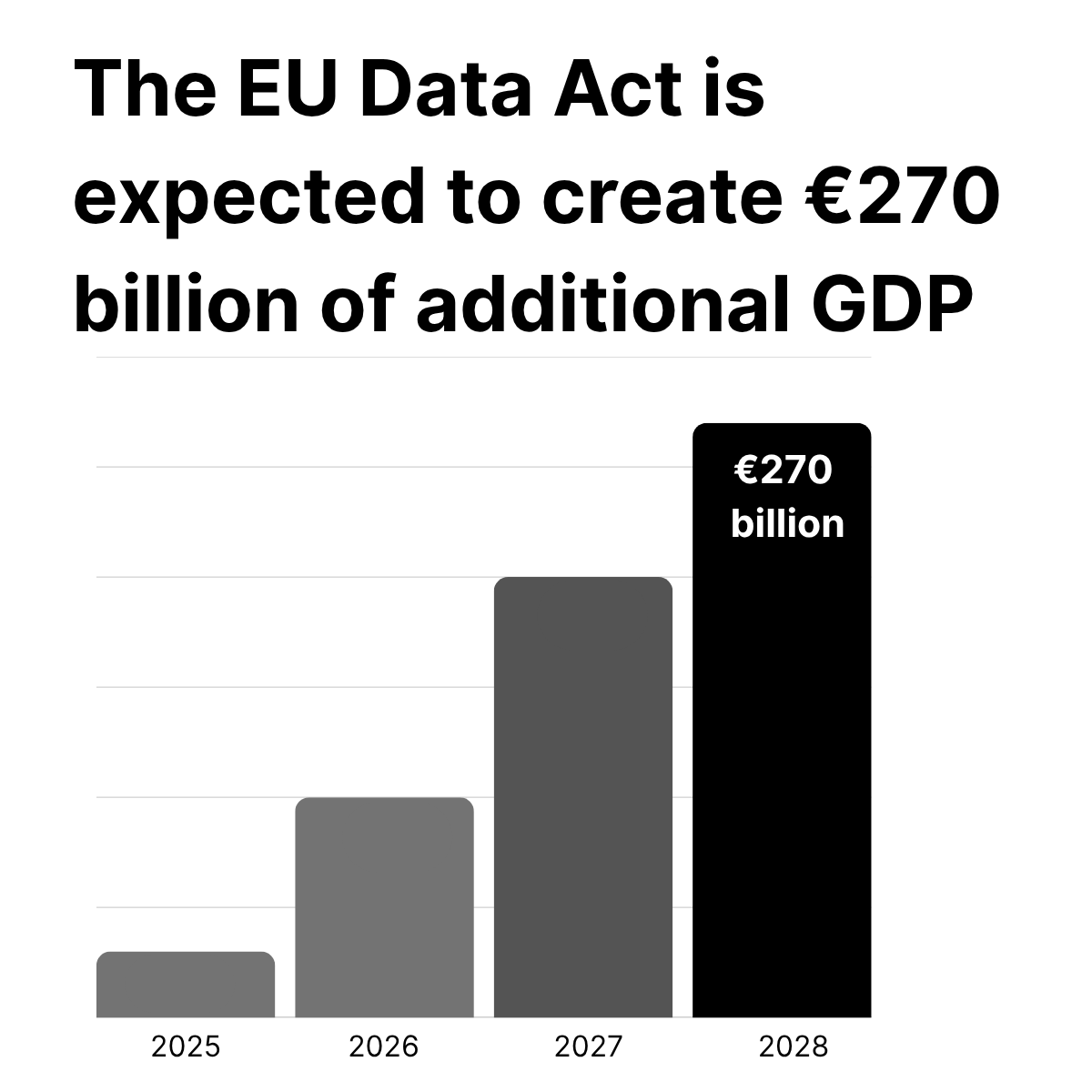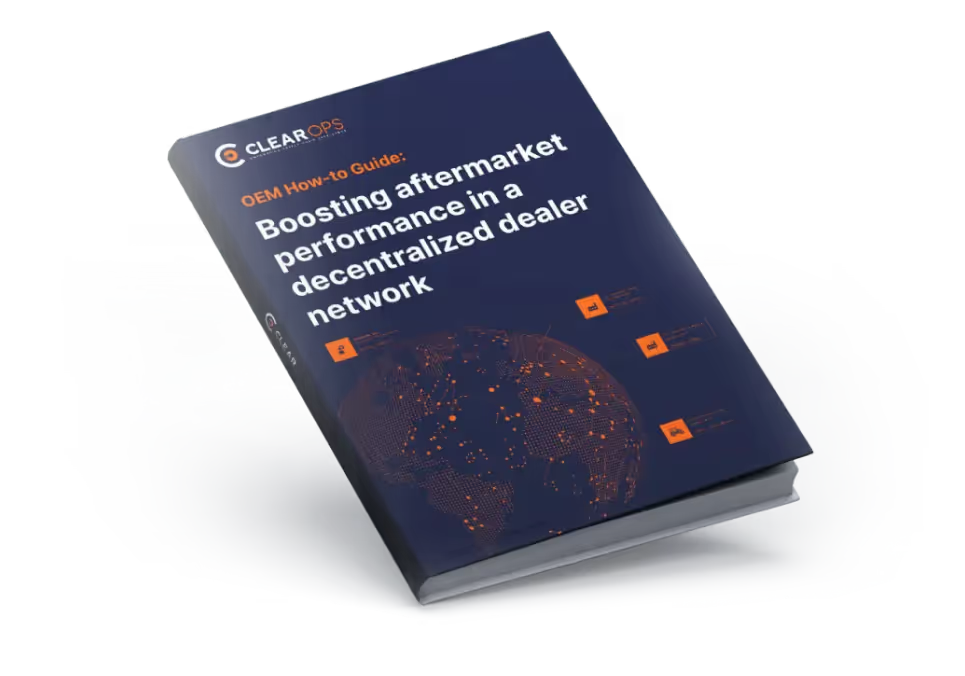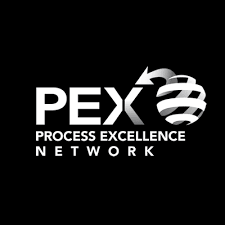EU Data Act: An Opportunity for OEMs to Leverage and Monetize Telematics Data

EU Data Act: An Opportunity for OEMs to Leverage and Monetize Telematics Data
The EU Data Act isn’t just another regulation, it’s a pivotal opportunity for Original Equipment Manufacturers (OEMs) to unlock new revenue streams, increase machine uptime, and enhance partnerships. With the act becoming enforceable in September 2025, forward-thinking CIOs and CTOs must shift their perspective from compliance burden to business enablement.
This legislation empowers data users while demanding robust data governance and interoperability from OEMs. However, with the right solutions, these challenges can become strategic advantages.
In this article, we explain what the EU Data Act means for OEMs, explore the opportunities it presents, and outline a clear path to compliance and monetization.
Table of Contents
- The EU Data Act Explained
- The Business Opportunities in the EU Data Act
- Why It Matters for OEMs
- Conclusion

The EU Data Act Explained
The Data Act Sets Clear Rules for Access and Use of Data
The EU Data Act introduces unified rules governing the access, use, and sharing of data generated by connected devices and services. For OEMs, this includes telematics data, machine diagnostics, and performance metrics. These are no longer internal assets alone, users now have the right to access and share this data with third parties.
OEMs must implement standard interfaces to provide access to this data, especially when users request to share it with third-party service providers. This requires secure, scalable integrations with Tier 1 suppliers and partners.
For CIOs and CTOs, this marks a shift from proprietary data ecosystems to open, interoperable systems. The need for robust Data Governance frameworks has never been more urgent. Companies that delay compliance risk being sidelined in a new data-driven economy and costly fines.
Users Gain Control While Innovation Remains Protected
A cornerstone of the EU Data Act is its empowerment of data users, be they businesses leasing machinery or farmers operating connected equipment. They now have the legal right to access and share the data they generate.
OEMs must facilitate this access without compromising cybersecurity, intellectual property, or trade secrets. The regulation encourages data sharing while still preserving innovation incentives for manufacturers.
This balance allows OEMs to remain competitive while opening new business models around data services, predictive maintenance, and third-party integrations.
Companies that provide transparent, secure, and user-friendly access channels will differentiate themselves and enhance customer loyalty.
The Business Opportunities in the EU Data Act
A Projected GDP Boost of €270 Billion
According to the European Commission, companies that embrace data-driven transformation can expect 5-10% faster growth. The EU projects a cumulative GDP increase of more than €270 billion over the next three years through efficient and standardized data sharing.
This growth is primarily fuelled by:
OEMs who invest now can position themselves as data platform leaders in their industries.
Data is not just a byproduct of machine operation anymore, it is a key asset driving competitive advantage and revenue.

Non-Compliance Means Financial and Competitive Risks
Starting in September 2025, OEMs that do not comply with the EU Data Act face penalties of up to 4% of their global turnover or up to €20 million. (Source).
Beyond financial penalties, non-compliance also brings strategic risks:
- Loss of customer trust
- Barriers to third-party integration
- Reduced competitiveness in public and private tenders
By contrast, early movers can benefit from preferred partnerships, data monetization, and strategic visibility in the digital supply chain ecosystem.
Why It Matters for OEMs
Compliance Can Be Simple and Profitable
While the scope of the EU Data Act might seem daunting, compliance does not require a total IT overhaul. With solutions like ClearOps, OEMs can quickly deploy standard interfaces and ensure secure data access for users.
This is more than just avoiding fines. It is a launchpad for:
- Monetizing telematics and machine usage data
- Partnering with Tier 1 suppliers for ecosystem services
- Creating new digital revenue streams
By leveraging ClearOps, CIOs can transform compliance into a strategic business capability.
ClearOps Delivers Instant Compliance and Long-Term Value
ClearOps is designed to make compliance seamless. OEMs can implement it within their existing infrastructure to ensure:
- Standardized APIs for data sharing
- Built-in governance and logging
- Compatibility with supplier ecosystems
This means:
- No re-platforming
- No massive IT investments
- Fast time-to-value
ClearOps helps unlock the monetization opportunity of data while supporting your digital transformation in manufacturing.
OEMs working with ClearOps report improved machine uptime, greater customer satisfaction, and enhanced partner collaboration.
Conclusion
The EU Data Act marks a turning point for OEMs. What initially appears to be a regulatory challenge is actually a catalyst for growth, collaboration, and transformation. It enables OEMs to transition into data-centric enterprises while enhancing user trust and partner integration.
With up to €270 billion in projected EU GDP growth, those who invest now stand to benefit the most. And with tools like ClearOps, compliance does not have to mean complexity. Instead, it becomes a competitive advantage.
Key Takeaways
- The EU Data Act mandates OEMs to share machine-generated data in standard formats.
- Compliance can be achieved without major IT disruption through ClearOps.
- OEMs can monetize telematics, strengthen customer relationships, and build new services.
- Failing to comply risks fines, trust erosion, and missed business opportunities.
Next Steps for CIOs & CTOs
- Assess your current data architecture and governance frameworks
- Identify integration points with Tier 1 suppliers
- Comply to the regulations of the EU Data Act with ClearOps
"Turn Compliance into Opportunity with ClearOps. Book a Demo."
For OEMs, the future is not just about building machines. It is about building data-driven business models that drive value across the entire product lifecycle. The EU Data Act opens that door, ClearOps helps you walk through it.
We want you to succeed!
Maximize your success in a decentralized dealer network with our comprehensive guide.

Book your free demo!
Get in contact with us today - see your Aftersales Success tomorrow.
ClearOps is an aftersales platform that enables collaboration between manufacturers, dealers and end customers.
We are already trusted by the world's leading manufacturers and over 8000 associated dealers.

.avif)
.jpg)

